Millimeter-scale robots were shown to mimic the movement and behavior of living insects for advanced materials science, biological, and biomedical applications.



Millimeter-scale robots were shown to mimic the movement and behavior of living insects for advanced materials science, biological, and biomedical applications.
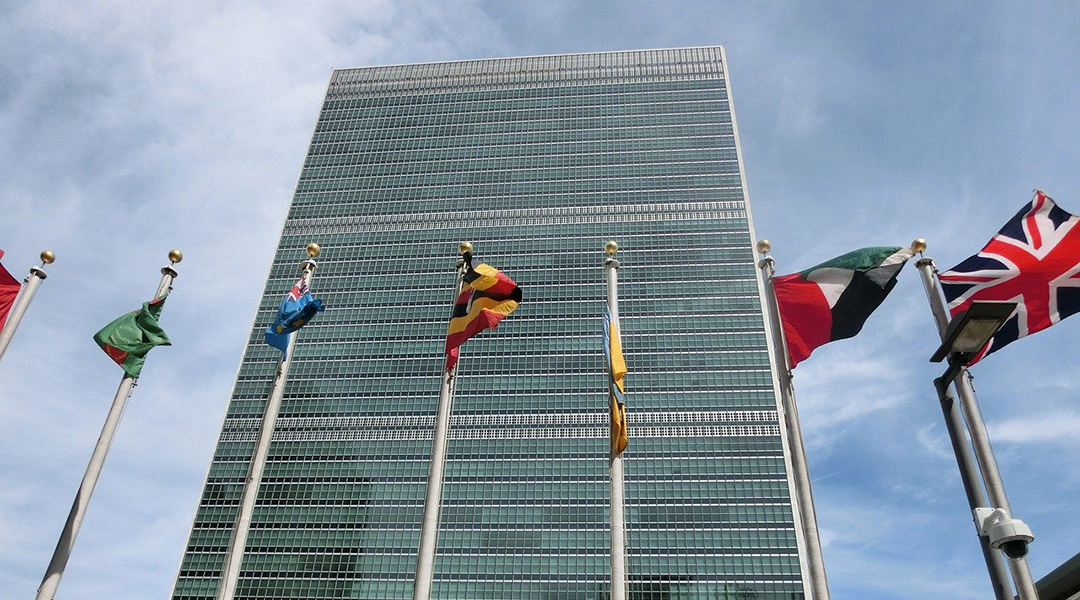
If governments take advantage of the ever-falling price tag of renewables to put clean energy at the heart of COVID-19 economic recovery, they can take a big step towards a healthy world, which is the best insurance policy against global pandemics.

Exploring the unique ethical dilemmas raised by the COVID‐19 outbreak and how they have affected multiple sectors of society, both nationally and globally.

Scientists model the effects of spraying aerosols into the stratosphere and discover some unintended consequences.
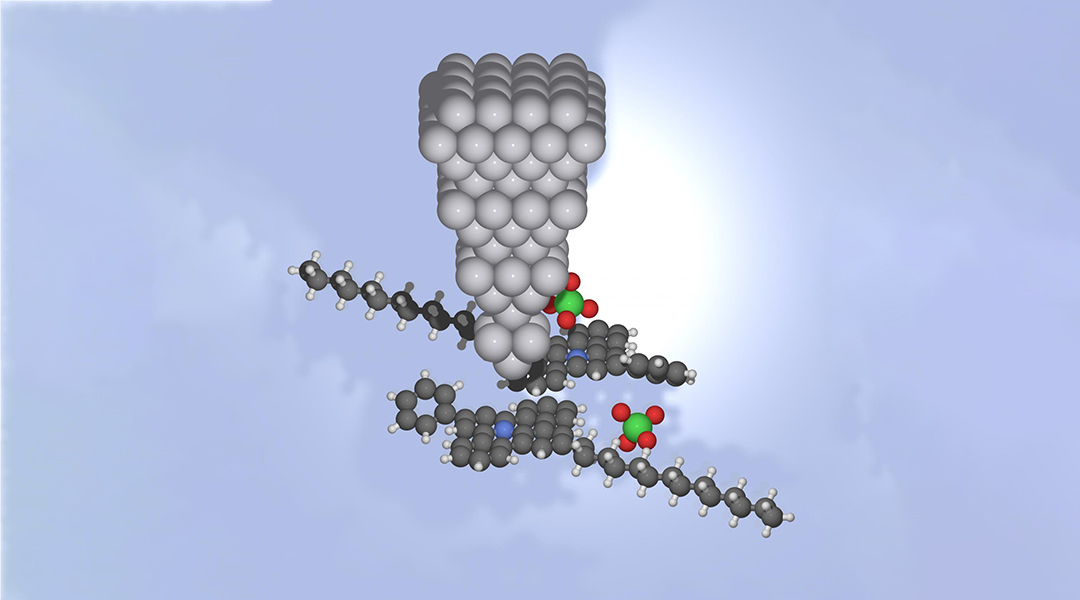
Researchers have discovered a single-molecule “switch” that can act like a transistor and offers the potential to store binary information.

SARS-CoV-2 transmission appears to be affected by humidity, but experts warn that declines in summer months will not slow transmission enough to make a big dent.
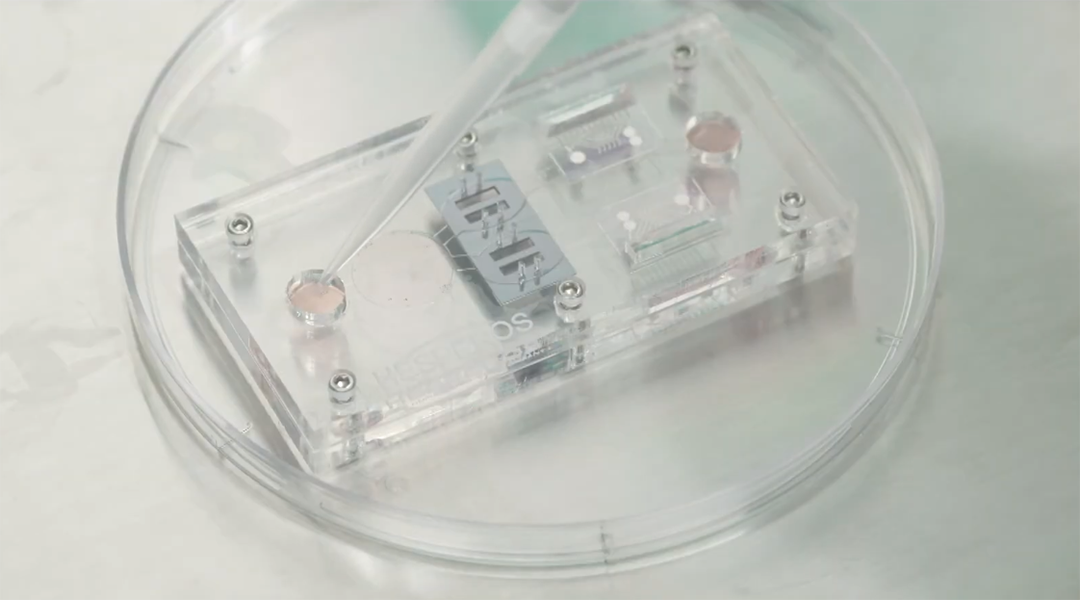
A new in vitro model of the body’s immune system better predicts its response to new therapeutics, potentially lowering the high costs and low success rates of drug discovery.
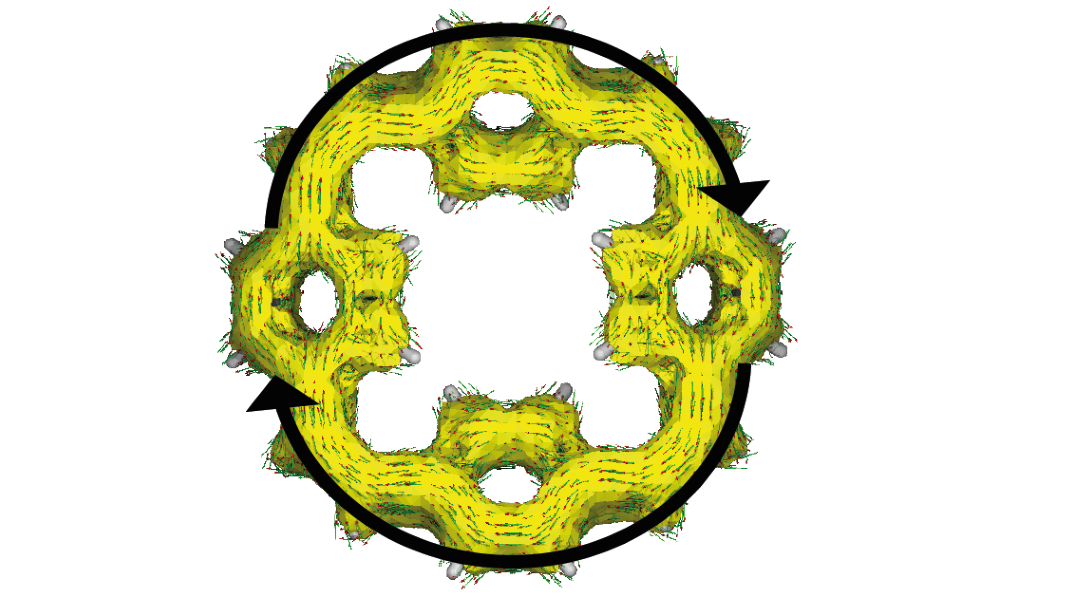
Researchers have created a fast-charging battery prototype that uses sodium instead of lithium, and macrocycles to store the chemical energy.

Mounting evidence suggests that the majority of SARS-CoV-2 infections occur through silent transmissions, where asymptomatic carriers spread virus-containing aerosols simply by speaking.
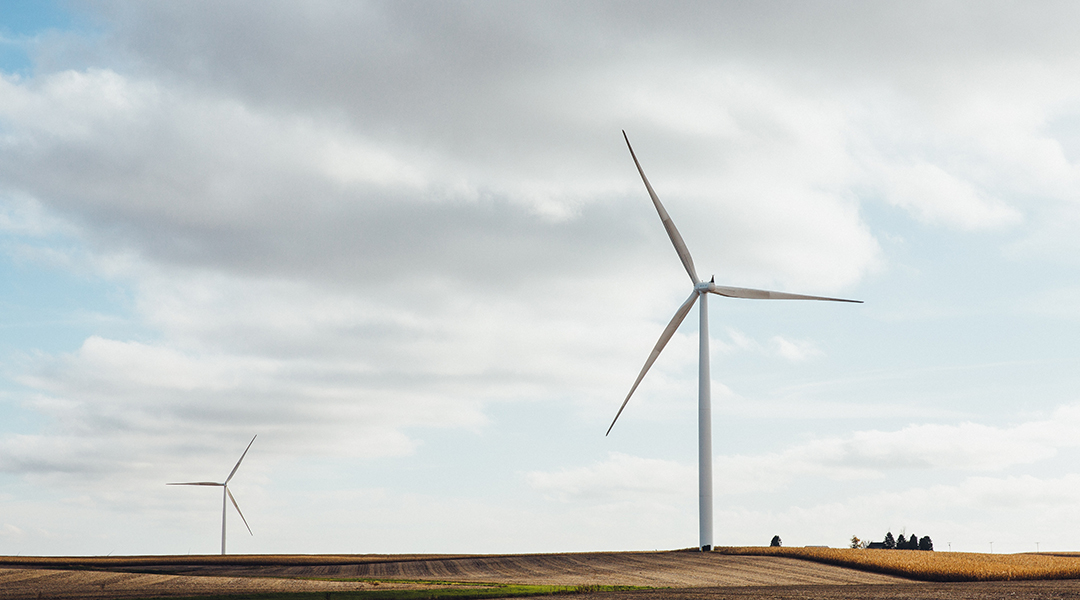
Experiments find the sweet spot for surface area and bubble trapping to create more efficient water-splitting devices.